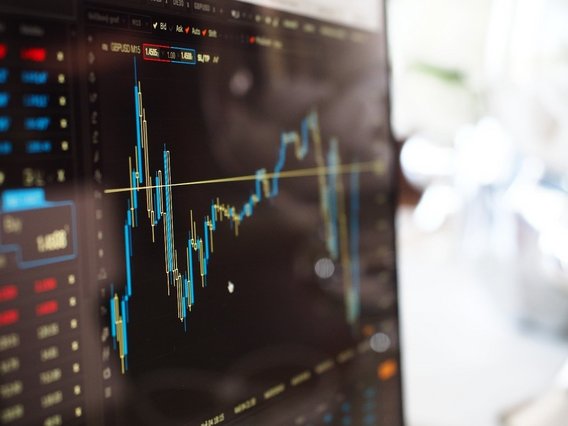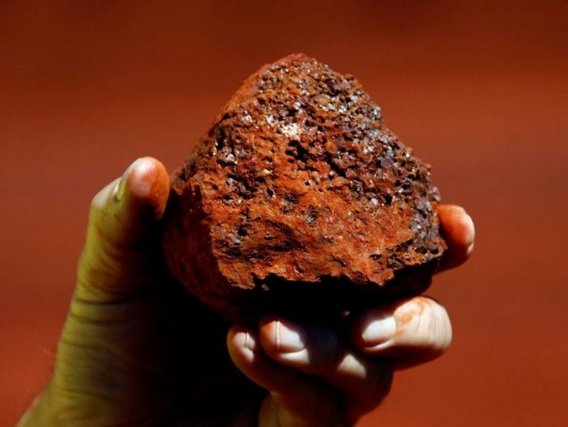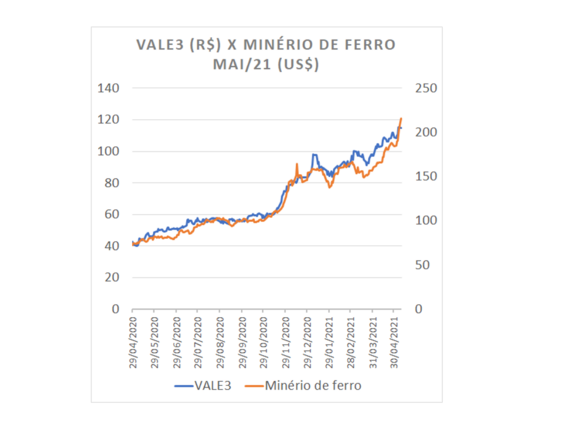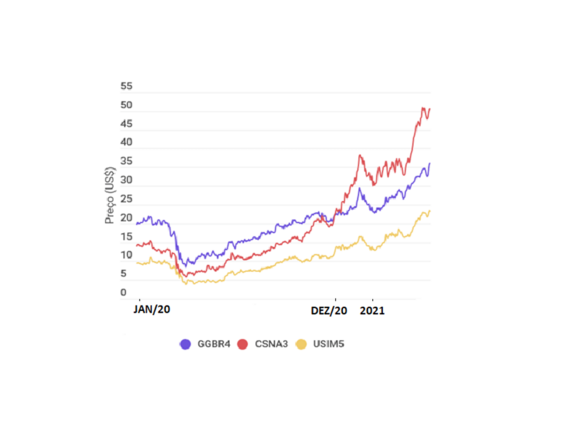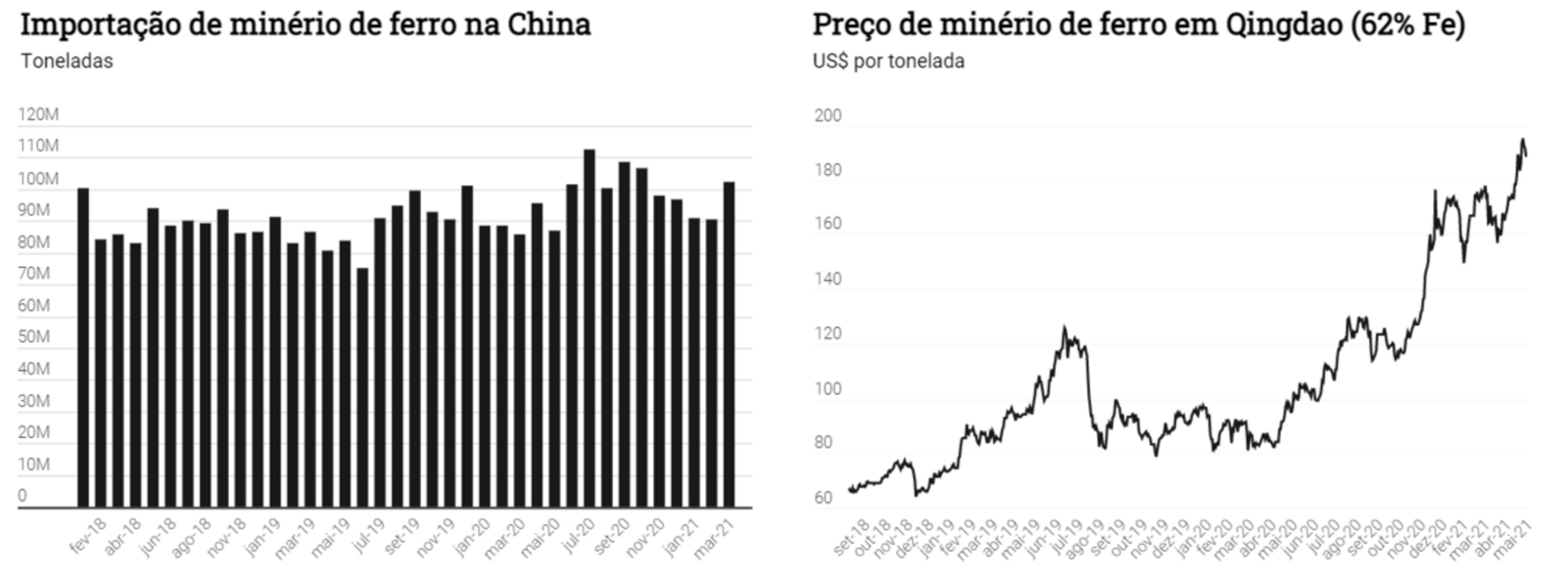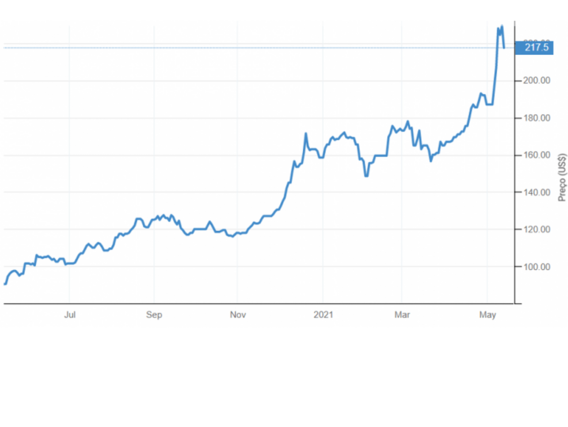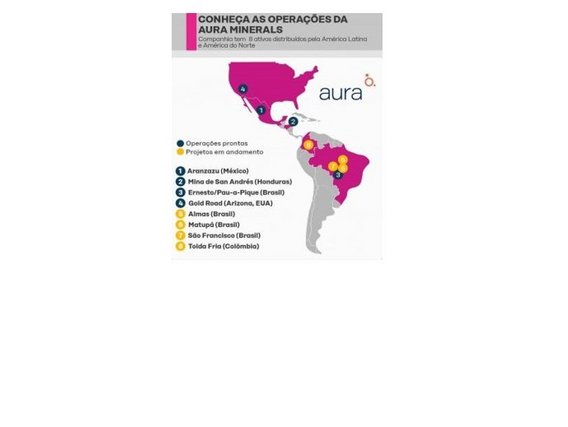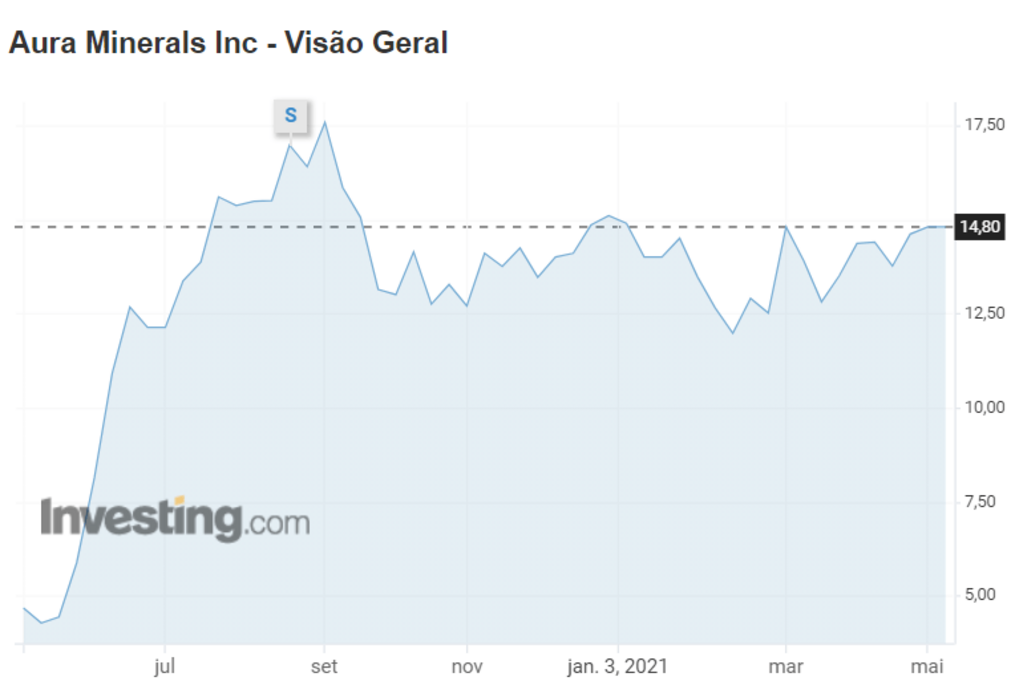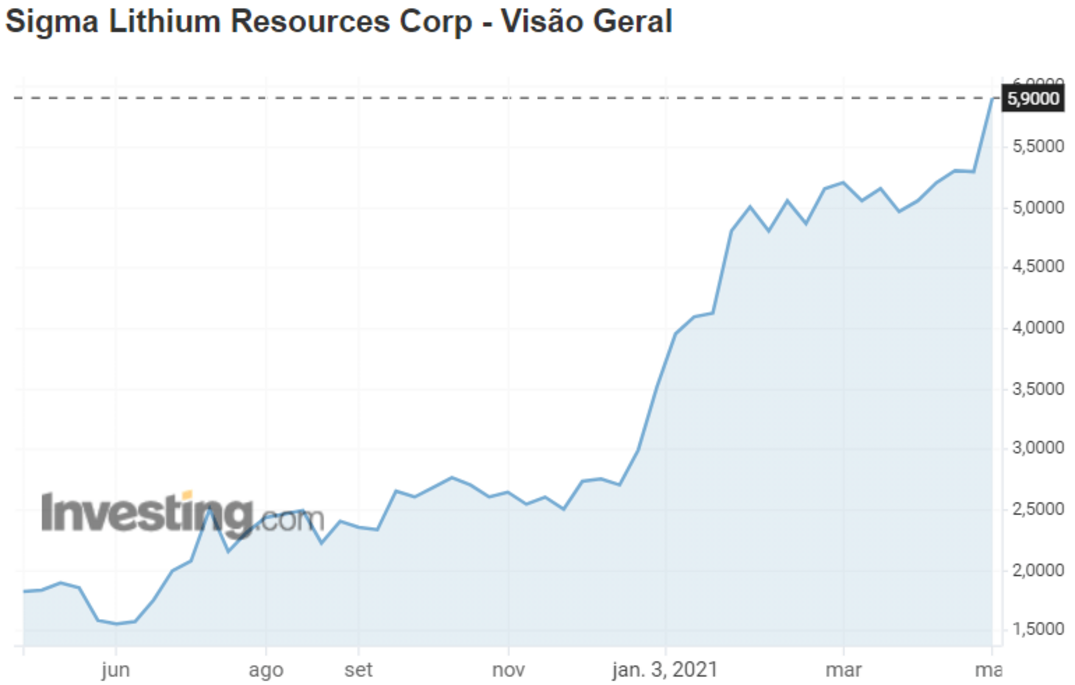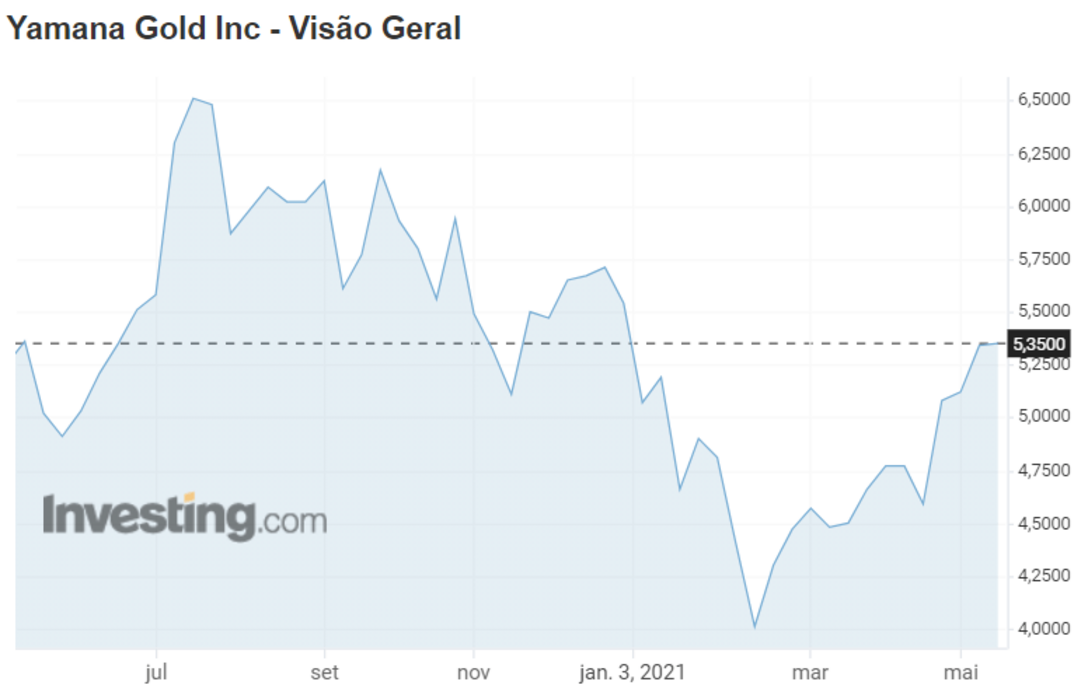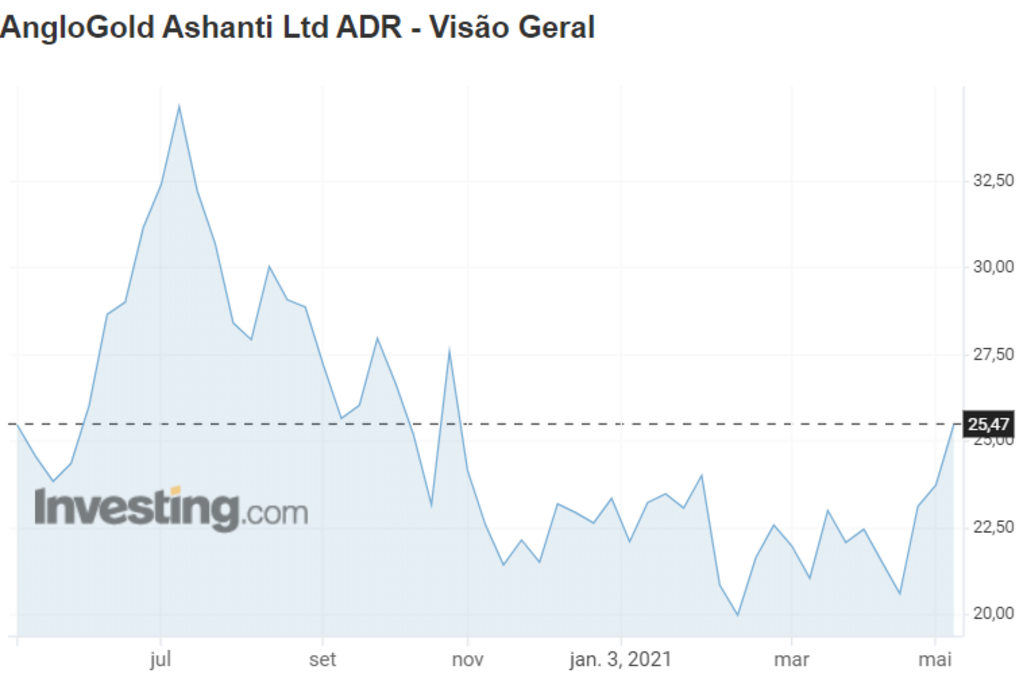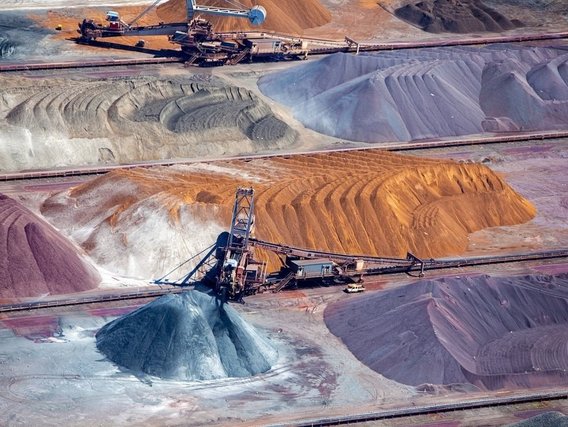In June 2020, the debate between the director of B3, the director of TSX/TSXV, and the chairman of the board of the Brazilian Association of Mineral Research Companies (ABPM), mediated by the director of the Brazilian Mining Institute (IBRAM), brought new perspectives. In March of the same year, IBRAM signed a Memorandum of Understanding (MOU) with the Canadian stock exchanges Toronto Stock Exchange (TSX) and TSX Venture Exchange (TSXV) to establish a collaborative relationship with the aim of increasing investment in the Brazilian mining sector in the coming years. It's worth noting that the Canadian stock exchanges are one of the main locations for the world's most important mining, oil and gas companies. As such, the expansion of geological research, exploration and development of mining projects in Brazil is expected.
The Brazilian stock exchange believes in the potential of mining companies, as well as small and medium-sized mineral exploration companies, to raise funds on the capital market. The aim is for B3 to work together with IBRAM and the Canadian stock exchanges, TSX and TSXV, as well as with the government, to evaluate the creation of specific regulatory instruments so that these companies can find open doors to access capital in both the national and Canadian financial markets.
In an article published by In The Mine, Fernando Ferreira, Chief Strategist and Head of Research at XP Investimentos, points out that Brazilian mining companies interested in attracting investors need to pay special attention to good ESG (Environmental, Social and Governance) practices, i.e. respect for the environment, social issues and solid governance. In addition, Guillaume Légaré, Head South America at TSX, stresses the importance of the quality of specific technical geological reports to prove mineral reserves, as well as a governance team with the capacity to develop projects efficiently.
Interested in the subject? Check out other articles on the blog or contact us and see how DMT can help you and your company.
